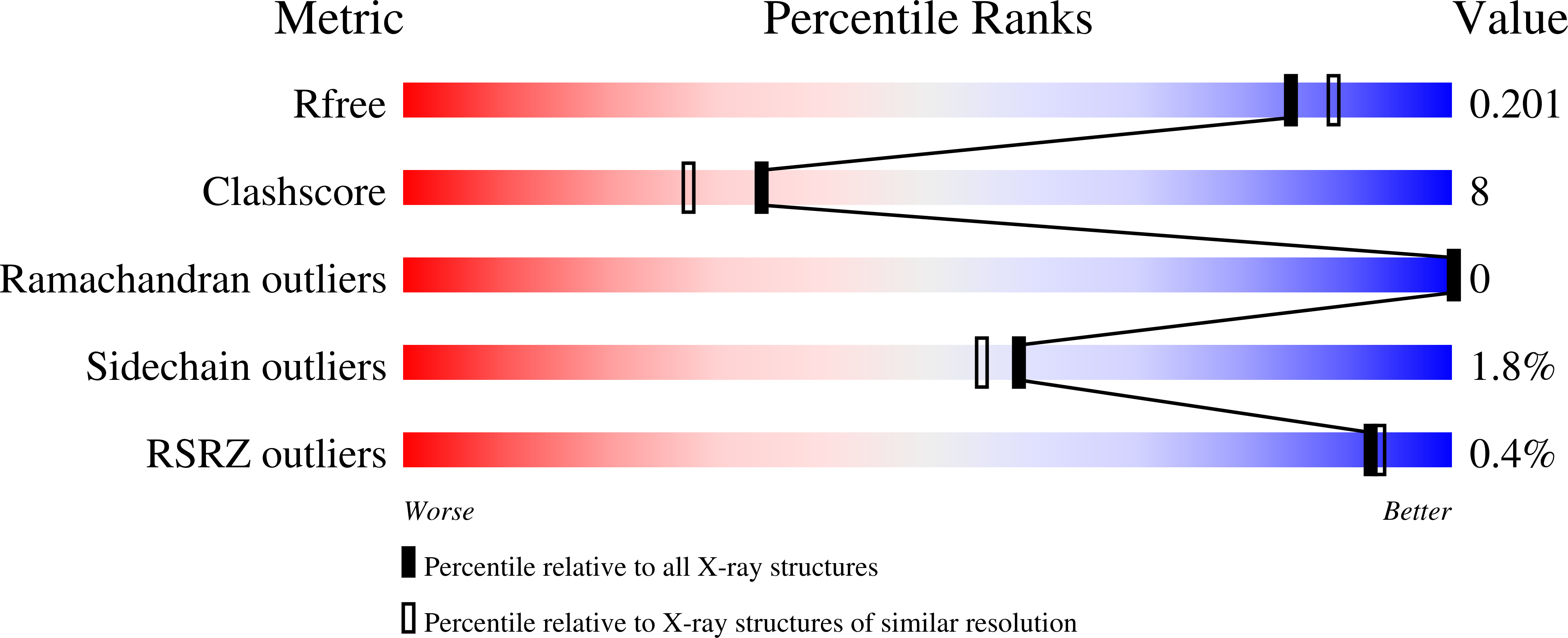
Deposition Date
2010-01-26
Release Date
2010-11-24
Last Version Date
2023-09-06
Entry Detail
PDB ID:
3LJQ
Keywords:
Title:
Crystal Structure of the Glycosylasparaginase T152C apo-precursor
Biological Source:
Source Organism:
Flavobacterium meningosepticum (Taxon ID: 238)
Host Organism:
Method Details:
Experimental Method:
Resolution:
1.90 Å
R-Value Free:
0.19
R-Value Work:
0.15
R-Value Observed:
0.15
Space Group:
P 1


